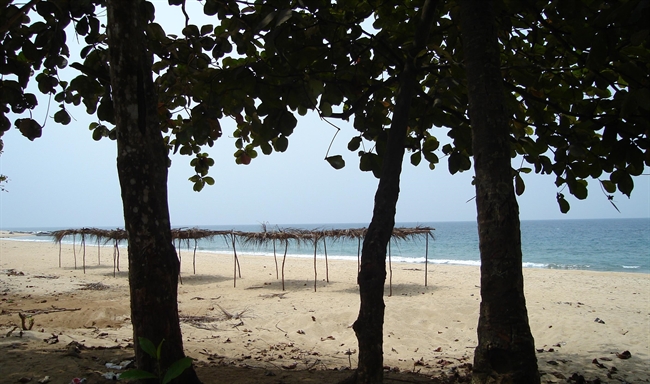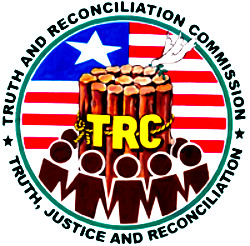Liberia's Atlantic coastline


Liberia's Atlantic coastline
Background on Liberia
Liberia is located on the Atlantic coast of West Africa. The country shares borders with Sierra Leone to the northwest, Guinea to the northeast, and Côte d’Ivoire to the southeast. English is the official language of Liberia, although more than 20 indigenous languages and a form of English known as Liberian English are also spoken.
Liberia was partly shaped by the transatlantic slave trade. In the early eighteen hundreds, a group of prominent white Americans developed a plan to return freed blacks to Africa. Beginning in 1822, free-born black Americans, freed slaves of African descent, and Africans freed from captured slave ships were settled by the American Colonization Society on lands that later became Liberia. This group of a few thousand settlers, never more than 5 percent of the Liberian population, became known as Americo-Liberians.
While Liberia has often been hailed as one of the only African nations never to be colonized, the historical facts are more complex. Although Liberia was not colonized by a Western power, the Americo-Liberian-dominated government administered the country in ways reminiscent of colonial governments across the continent. The settlements of repatriated Africans were in fact governed by white American agents of the American Colonization Society for the first several years of their existence. Although the U.S. government funded much of the American Colonization Society efforts, it never sought to formally establish itself as a colonial power in Liberia. Liberia became a sovereign nation under Americo-Liberian rule in 1847. The American Colonization Society, and later the fledgling Liberian government, were at war with various indigenous tribes over territory and trade routes throughout the 1800s.
Liberia developed into a relatively stable oligarchy during the 1800s and early 1900s. By the 1970s, however, tensions within Liberia were escalating. Riots broke out in 1979 in the capital city of Monrovia. In 1980, a military coup took place, resulting in the murder of the president, the summary execution of 13 government ministers, and the installation of Samuel K. Doe, an army master sergeant, as the new national leader. Doe ruled the country for the next decade. In 1985, Thomas Quiwonkpa led a group of fighters in a failed coup attempt against Doe, launching the country into further turmoil. In 1989, Charles Taylor and his National Patriotic Front of Liberia (NPFL) invaded Liberia from Côte d’Ivoire, setting off two civil wars that raged until 2003, involving more than 10 rebel factions, and impacting the entire West African sub-region.
Read more about the history of Liberia in Chapter 4 of A House with Two Rooms: Final Report of the Liberia TRC Diaspora Project.
Background on the Truth & Reconciliation Commission of Liberia
The Truth and Reconciliation Commission of Liberia (TRC) was negotiated and agreed upon in the August 2003 Comprehensive Peace Agreement and subsequently enacted into law by the National Transitional Legislative Assembly in 2005. The TRC was established to “promote national peace, security, unity and reconciliation,” and at the same time make it possible to hold perpetrators accountable for gross human rights violations and violations of international humanitarian law that occurred in Liberia between January 1979 and October 2003. Once President Ellen Johnson Sirleaf was elected, she moved to inaugurate the TRC in February 2006.

Ultimately, the TRC collected more than 20,000 statements from the Liberian people about human rights violations between 1979 and 2003. Statement-takers were deployed in all 15 counties in October 2006. After examining the statements, the TRC held public hearings, focusing on specific events, groups, or kinds of violations. Based on the statements and the hearings, the TRC compiled a final report at the end of its work. The final report included a complete account of the TRC's activities, its findings about who did what to whom during the conflict in Liberia, and its recommendations. The TRC of Liberia concluded its work on June 30, 2009. It has presented its final report containing findings, determinations and recommendations made by the Commission to the National Legislature.





